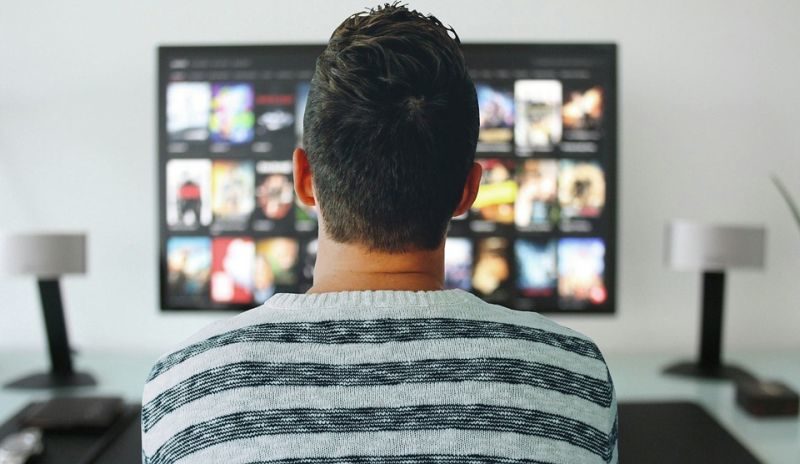Electronics have an annoying habit of becoming obsolete shortly after you purchase them. In less than a year your shiny new smartphone or laptop falls to the bottom of the heap, it can get quite disheartening to try and stay ahead of the curve. Televisions seem to buck this trend, with a unit hopefully lasting you a long time and remains useable long after it becomes “an old model”.
Buy a new TV is exciting but there are some pitfalls to watch for as well as features that you might want to pay closer attention to.
3 – Things to look for while buying a new TV
1. Picture perfect.
Smart TVs come in all shapes and sizes and it can be confusing to make a direct comparison between two models. Luckily there are some standards we can measure picture quality by, and these numbers are usually listed with the other specifications of the TV. Screen brightness is measured in ‘nits’ and contrast is measured in a ratio. The best way to compare models is to visit a local store and view them in person.
Refresh rate and resolution are more important when considering a smart TV. Refresh rate describes a TV screens ability to refresh an image. It basically means the faster the refresh rate, the smoother motion will appear on your screen. The refresh rate is measured in Hertz, usually abbreviated to Hz. Older TV sets have a refresh rate of 50hz or 60hz. If you are looking to future proof your loungeroom, consider a refresh rate of 120hz or above.
2. Four Kays?
Screen resolution is a much-discussed matter in the electronics world. The higher your screens resolution, the more pixels it is packing and the sharper your image will be. For a few years, 1080p or full high definition was the standard, now 4k or ultra-high resolution has taken the top spot. If you are after a cheap TV, a 1080p screen will do the trick. If you wanted a TV that will remain relevant for years, then a 4k unit will be a much wiser option.
Not only does a 4k TV offer a crisper image, but it allows the user to sit much closer than a 1080p unit. The recommended sitting distance for a 4k TV is half that of an identically sized 1080p screen. Whilst most free to air networks are now broadcasting in high definition, they have not yet made the transition to 4k content. The good news is the majority of streaming services now offer 4k content, and there is a huge catalogue of UHD blue rays available.
3. Smart interface.
A final factor in choosing a new TV is the interface. Smart TVs will have a range of native apps built into the menu and some feature shortcut buttons on the remote for apps like Netflix and YouTube. Some cheaper units will only have the basic apps with no function to upgrade or add more if desired.
Most smart TVs, whether they be cheap units or flagship models are bundled with Netflix and YouTube but if you want to expand your TVs abilities pay close attention to the TVs operating system. Samsung TVs are known for their slick interfaces and a generous helping of apps right out of the box.
Some TVs use Android TV as their operating system which gives the user access to a deep pool of TV specific apps. There are ways to add this capability to any TV set, using an external box like a Google’s handy Chromecast or Android TV box so keep this in mind too as you won’t be locked into an operating system forever.
Final Words
If you are in the market for a new TV, you are spoilt for choice. If you are looking to buy a good quality TV set that will last you for years to come, try to get something with4k resolution and a high refresh rate. If you just want something to tide you over or a TV for a bedroom, there are many cheap and cheerful 1080p sets that are deserving of your hard-earned cash.
Article Submitted By Community Writer




